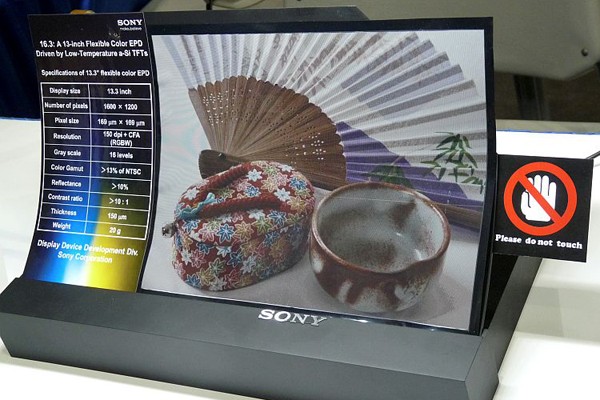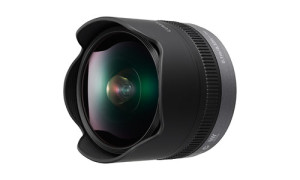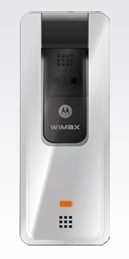Sony unveils flexible color e-paper, new glasses-free 3D LCD displays at SID 2011 and this e-paper has a thickness of 150m and a weight of 20g or less by using a plastic substrate. Other technical features are 13% color gamut on NTSC, a reflectance of 10% and a contrast higher than 100.000:1 and it’s pixel consists of red, green, blue and white sub-pixels, and the pixel count is 800 x 1,200……….
Sony Corp developed a 13.3-inch flexible color electronic paper (e-paper) device and announced it at the 49th SID, the world’s largest academic conference on display technologies. This is an international symposium and exhibition which has commenced on 15th of May 2011, and winds up on 20th of May 2011 and is being hosted at the Los Angeles Convention Centre, Los Angeles, California, USA. Some special topics which were focused on were 3D, Green manufacturing, Solid State lighting, Flexible displays and touch technologies. The flexible sheet is 13.3 inch and 150 microns thick which is made possible by the use of the plastic substrate. These ultra thin, robust displays can be made compact to fit in the available space without tampering it. It has a potential to open a completely new market for sure. The most enthralling feature to be known is that the e-paper weighs less than 20 grams. Again thanks to the plastic substrate! Furthermore the product has a 13% gamut on NTSC standards. Many researchers from all over the globe highly evaluated the quality of the device. It possesses a reflectance of 10% and a contrast ratio which is as high as 1,00,000:1.
The sub-pixels measure 169 microns X 169 microns and are available in red, green, blue and white color. The main pixel count for the display is 800 X 1200. The gradation and resolution of the flexible screen is 16 and 75ppi respectively. Sony said that the High color gamut and the desired reflectance could be achieved because of precisely (0.35 microns) attaching a TFT substrate to E Ink Corp’s front plate. The role of HIGH PRECISION was to enable the company to reduce the margin between the sub-pixels and increasing the aperture ratio of the pixels. To further enhance the precision, Sony used the glass substrates which could be easily used with the manufacturing equipment for the supportive purpose. Primarily the plastic substrate is glued to the glass substrate using an adhesive. Following a low temperature process (180deg Celsius or below), amorphous TFTs are formed on it. Having done this, the plastic substrate is then separated form the glass substrate. The product is less susceptible to damage as no brittle components are used in the manufacturing.
[ttjad keyword=”hdtv”]



